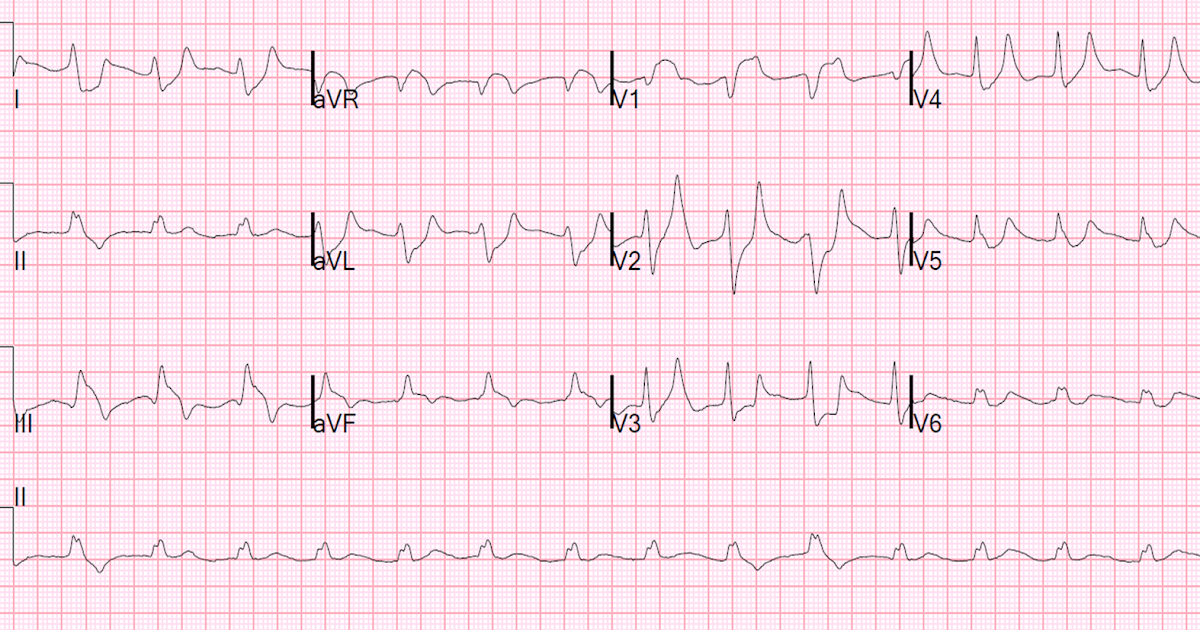

Hyperkalemia is usually found when your doctor has ordered blood tests to help diagnose a condition you’re already experiencing or to monitor medications you’re taking. Recognition of hyperkalemia depends on laboratory tests and the electrocardiographic (ECG or EKG) appearances. The clinical course is unpredictable and sudden death can occur in the absence of premonitory electrocardiographic (ECG or EKG) changes 6). The presence of arrhythmias, muscular weakness or paresthesia (burning or prickling sensation) in a patient at risk should raise the clinical suspicion of hyperkalemia 5). The clinical presentation of hyperkalemia is highly variable with some patients presenting with an acute illness whilst others may be asymptomatic 4). hyponatraemia, hypocalcaemia or acidosis ) the effects of hyperkalemia 3).

hypernatremia, hypercalcemia, and alkalemia ) or exacerbate (e.g. Co-existing metabolic disturbances can make better (e.g. In addition to the absolute serum potassium (K+) value, the rate of rise of serum potassium is also important. In reality, hyperkalemia is a spectrum with the incidence of complications rising with increasing severity of hyperkalemia. There is no universal definition of hyperkalemia, but a serum potassium (K+) ≥ 5.5 mmol/L is widely used 2). Having a blood potassium level higher than 6.0 mmol/L can be dangerous and usually requires immediate treatment. Your blood potassium level is normally 3.6 to 5.2 millimoles per liter (mmol/L). Hyperkalemia means higher than normal potassium levels in your blood that may cause heart problems or death 1).


 0 kommentar(er)
0 kommentar(er)
